Brandon Southall is adept at inhabiting vastly different worlds—similar to the elephant seals and sea lions he studies. While the marine mammals successfully navigate the opposing environments of land and water, Southall is a marine scientist who moves smoothly among the diverse realms of research, business, consulting, and university affiliations. His expertise in ocean acoustics— the way marine mammals use sound and are affected by noise—is sought by environmentalists, federal agencies, oil developers, and the shipping industry.
He shared his unconventional path to becoming a leading ocean acoustics scientist, and readings from his self-published book, Ocean Journeys: Beginnings, with an all-ages audience at the Long Marine Lab in Santa Cruz.
“I didn’t even discover the ocean until later in life,” Southall says. Born in New Mexico, he spent a lot of time fishing when he was young. “Maybe you don’t think about fishing and marine sciences as directly connected, but I spent so much time on boats and studying the patterns of fish, that it got me connected with the water.”
It took another long reach to connect the dots between his early college days in electrical engineering at the University of Tulsa, with becoming a biology major in Montana, and then finding his passion for the ocean during a semester at the University of Hawaii.
“I was always interested in the butterfly effect,” says Southall, “Where one small change happens, and all the things that happen afterward are the result of this really small change that happens first.” The choice to go to the Big Island was that change.
“It was an explosion,” he recalls. “There were sea turtles on black sand beaches, tiger sharks, and I was diving around coral reefs … I knew I couldn’t do anything else.”
While he was comfortable with his career shift, Southall says everyone advised him against taking this new direction. “I think a lot of us in marine science were told we wouldn’t make it,” he said. “But that just fueled me to do it.”
His next steps were a series of volunteer internships. He recorded sea lions at the New England Aquarium, and analyzed the vocalizations with a computer program created for birdsong identification by his professor from Montana. Then, Southall designed hearing tests for a sea lion suffering from a debilitating ear infection at the Dolphin Research Center in the Florida Keys. Eventually, he was invited to Long Marine Lab to help study the effect of naval sonar on marine mammal hearing.
As he travelled around the country gaining experience, Southall says he learned two other key career lessons: the connections between your mentors are important, and being flexible about your interests can lead to great opportunities. “I’ve always been one who always believes in understanding what your lineage is: whose lab you come from, and who they come from,” he says. “Your career evolves from those people and that history.”
His initial intentions to focus on sound production by marine mammals morphed into studying the effects of noise on them. And years later, after earning a master’s degree and doctorate from UC Santa Cruz, those connections led to an “out of the blue” offer to join the National Oceans and Atmospheric Administration in Washington DC.
“It was a completely shocking, splash-of-cold-water decision,” Southall says of his abrupt change from academics to politics. But his timing couldn’t have been better. The California Coastal Commission blamed mass marine mammal stranding on military sonar and sued the U.S. Navy. The litigation went all the way to the Supreme Court. The dangers of man made noise was on the public’s radar screen and Southall—a 28-year-old new graduate—was an expert witness.
“A bunch of new doors opened,” says Southall. Through his position at NOAA, he became lead author for a special issue in the Journal of Aquatic Mammals which detailed the effects of underwater noise on hearing and behavior in marine mammals. “That became a benchmark that moved us beyond our early guesswork and had a lot of impact on the way decisions were made,” he says. Then, Southall became principal investigator on an ongoing US Navy study, designed to directly measure sound effects on animal behavior. He also led a consortium of agencies developing a plan to address human-generated noise in the water.
Even though Southall knew it was critical for scientists to be part of the decision-making political process, the life of a bureaucrat wasn’t for him. He wanted to be a practicing scientist—doing research—and return to Santa Cruz. “Once I found Monterey Bay, I never really wanted to be anywhere else,” he says.
Now, Southall enjoys a “crossover” profession, dividing his time among research affiliations with UCSC and Duke University, consulting work, and running his own business. Still, he found room in his schedule to co-chair a new Marine Sound Working Group, part of the World Ocean Council. It isn’t always easy to work “in the middle” of organizations that may have different goals, says Southall. But, engaging the people who cause environmental impacts is more likely to have a long-term effect. “I just try to be an honest broker,” he says.

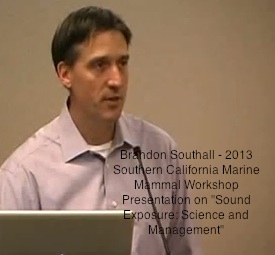
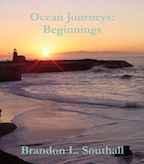
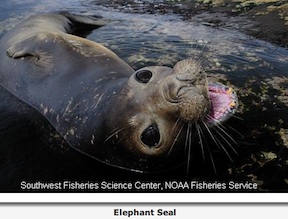

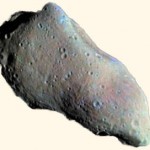
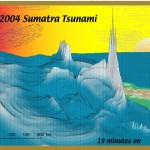
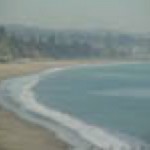
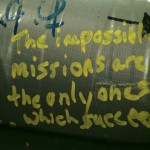

Comments are closed.